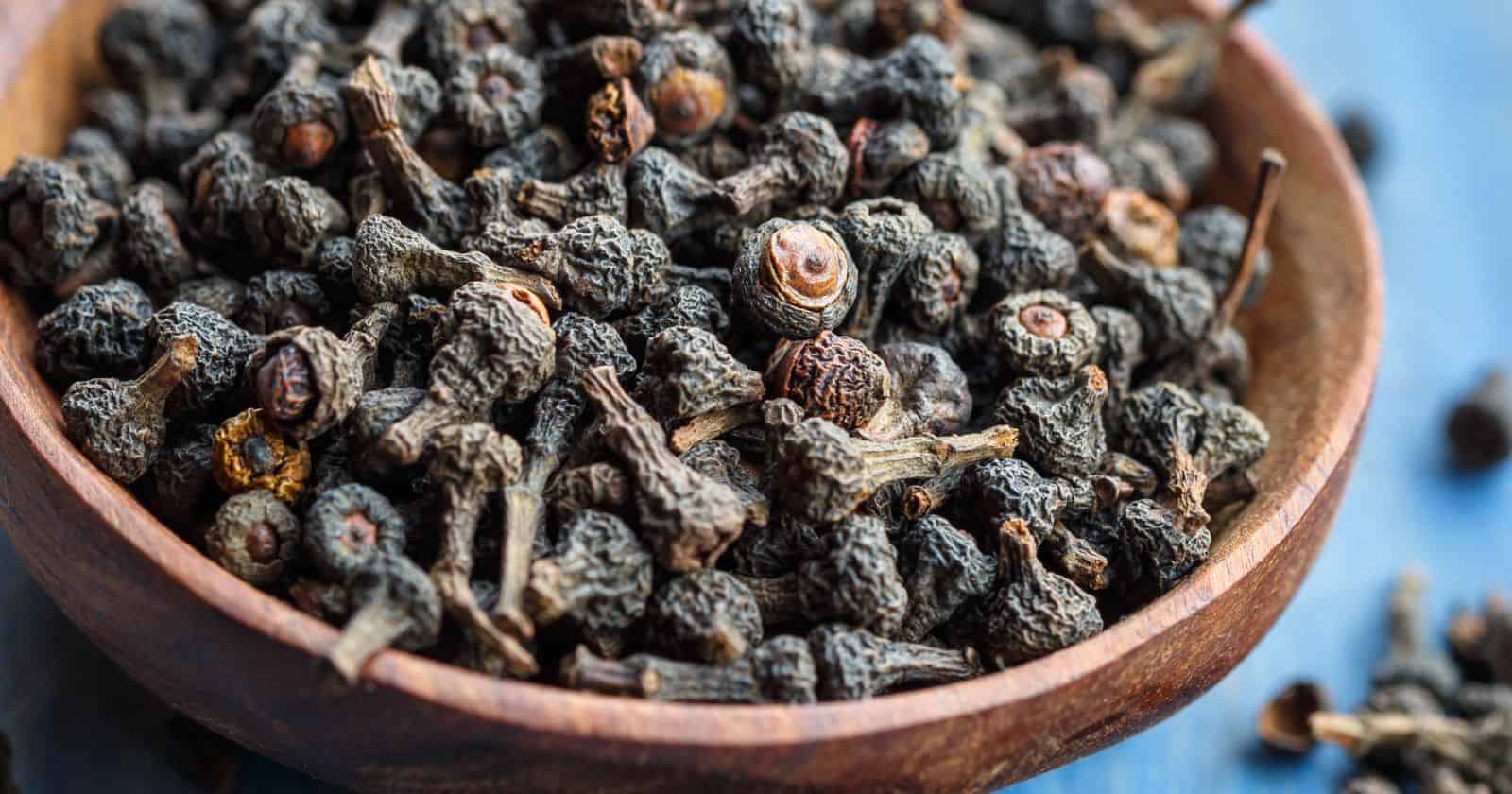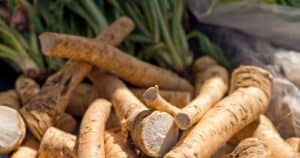Are you looking to add something special and unique to your kitchen? Look no further than cassia buds!
These spicy, aromatic buds are the perfect addition to any dish, adding something that will make your recipes stand out.
In this comprehensive guide, we will explore everything there is to know about cassia buds.
From learning about their flavor profile, culinary uses, and health benefits –– we’ll get into all the details concerning these fantastic spices!
If you enjoy exploring flavors and delving deeper into something that can bring a sense of excitement to the kitchen – read on!
What Are Cassia Buds, And How Are They Different From Cassia Bark?
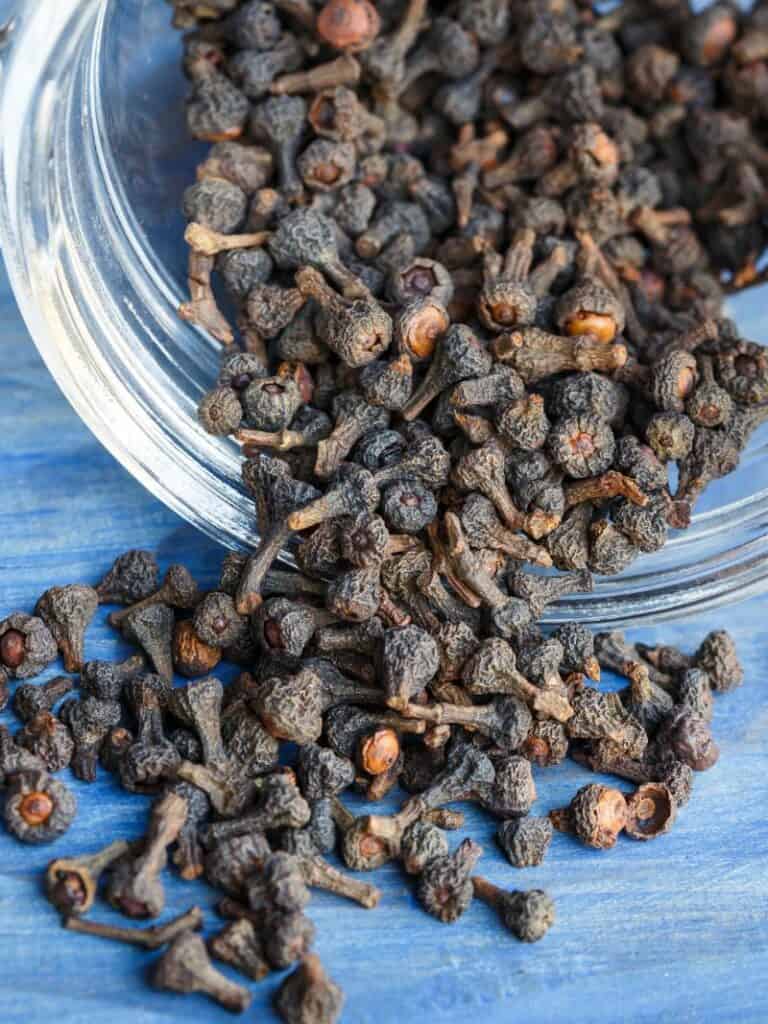
Are you a fan of cinnamon? Have you ever heard of cassia buds as well? Cassia buds are sourced from the cassia tree, similar to the Ceylon cinnamon tree.
However, they are often confused with cassia bark due to their similar appearances. Cassia buds have more in ordinary with flowers than with bark.
They are not formed into the quills we associate with cinnamon – they look more like miniature roses!
These fragrant and flavorful buds have been used in food and medicine for centuries. They are an excellent source of natural coumarin, which is thought to provide antioxidant and other health benefits.
You can find cassia buds in regions of Asia, including Vietnam, where they were used as a traditional medicine dating back hundreds of years.
Cassia buds are different from cassia bark. Cassia buds are the unopened flowers of the cassia tree, while cassia bark is the thick, reddish-brown bark of the same tree.
Cassia buds are tiny, dark brown buds with a slightly milder flavor than cassia bark. They have a warm, sweet, slightly floral flavor and aroma and are often used in pickling or
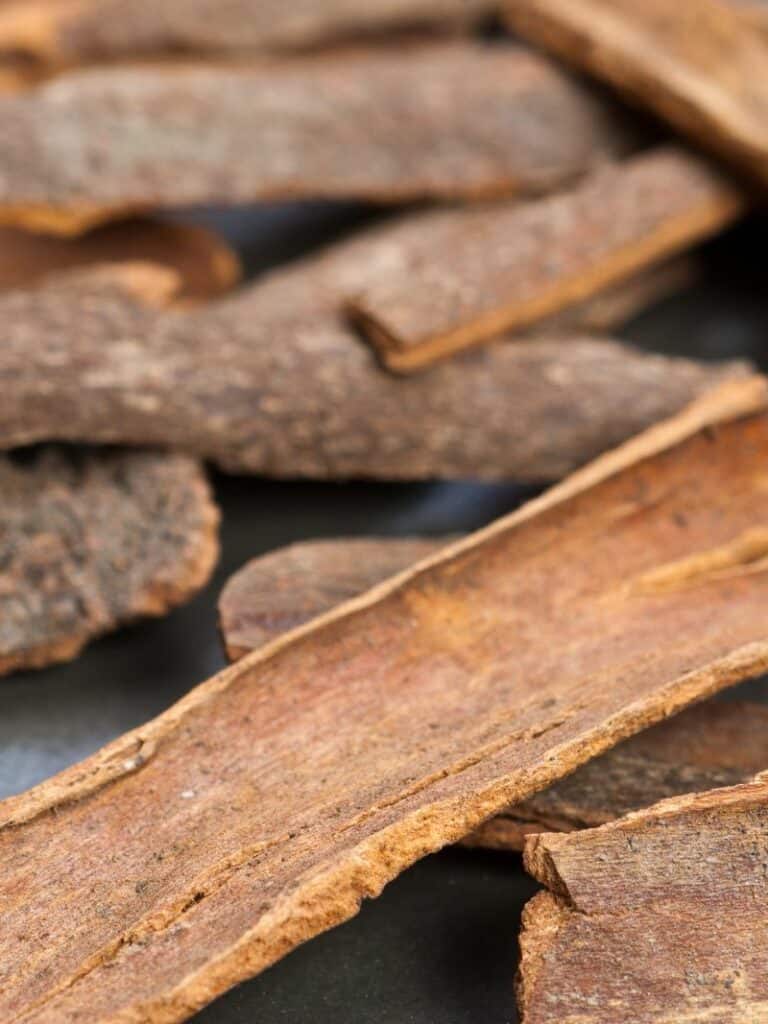
Cassia bark, on the other hand, has a more robust, pungent flavor and aroma than cassia buds and is often used in cooking and baking both sweet and savory dishes.
It is commonly used in Asian cuisine and in many traditional American recipes, such as apple pie and cinnamon rolls.
While cassia bark and cassia buds come from the same tree, they have distinct flavors and are used in different ways in cooking and baking.
So, if a recipe calls for one or the other, using the correct ingredient is essential to achieve the desired flavor and texture.
Flavor Profile Of Cassia Buds: Aromatic, Floral, And Sweet
We all know the familiar scent of cassia buds – aromatic, floral, and sweet! And, yes, these buds do have a flavor profile similar to the more commonplace Cassia bark.
But don’t be fooled by its simpler sister; the flavor of Cassia buds is more potent than true cinnamon’s.
It has a unique taste that comes from cinnamaldehyde, and this fantastic flavor has been used for centuries in many cultures worldwide.
Interestingly enough, true cinnamon (Cinnamomum zeylanicum) and Cassia have a slightly different look, too – true cinnamon is somewhat lighter in color, and the sticks tend to be softer and thinner than those of cassia.
Health Benefits Of Cassia Buds
Cassia buds are a fantastic superfood that adds great flavor and aroma to your dishes and packs multiple health benefits.
Its appearance is similar to cloves, and that’s how it’s used in some dishes. But its uses and benefits don’t end there.
It can be used as a powder to reduce sugar levels in the blood, making it incredibly helpful for curing diabetes!
It also enhances blood circulation, reduces stress and anxiety, improves heart health, and offers protection against mosquito bites.
These amazing buds are versatile and easily adaptable even in various cuisines.
Plus, everyone should consider adding them to their diet since they taste so good and come with all these amazing benefits we mentioned earlier.
Culinary Uses For Cassia Buds: Recipes And Dishes That Feature This Spice
Do you ever wonder what the flavor of cassia buds is?
This
Regarding flavor, cassia buds have a similar taste to that of the more common cassia bark.
That means you can use a 1:1 substitute for ground cassia – simply break the bark into 1-inch pieces and grind them up to get a savory powder that can be used as an alternative in recipes.
Cassia buds are not as commonly used in savory dishes as cassia bark, but they can still add a unique and delicious flavor to many types of cuisine.
Here are a few examples of
Chinese Five Spice Powder

This classic Chinese
Some recipes will use cinnamon or cassia bark instead of cassia buds.
Indian Garam Masala

This
Moroccan Ras el Hanout
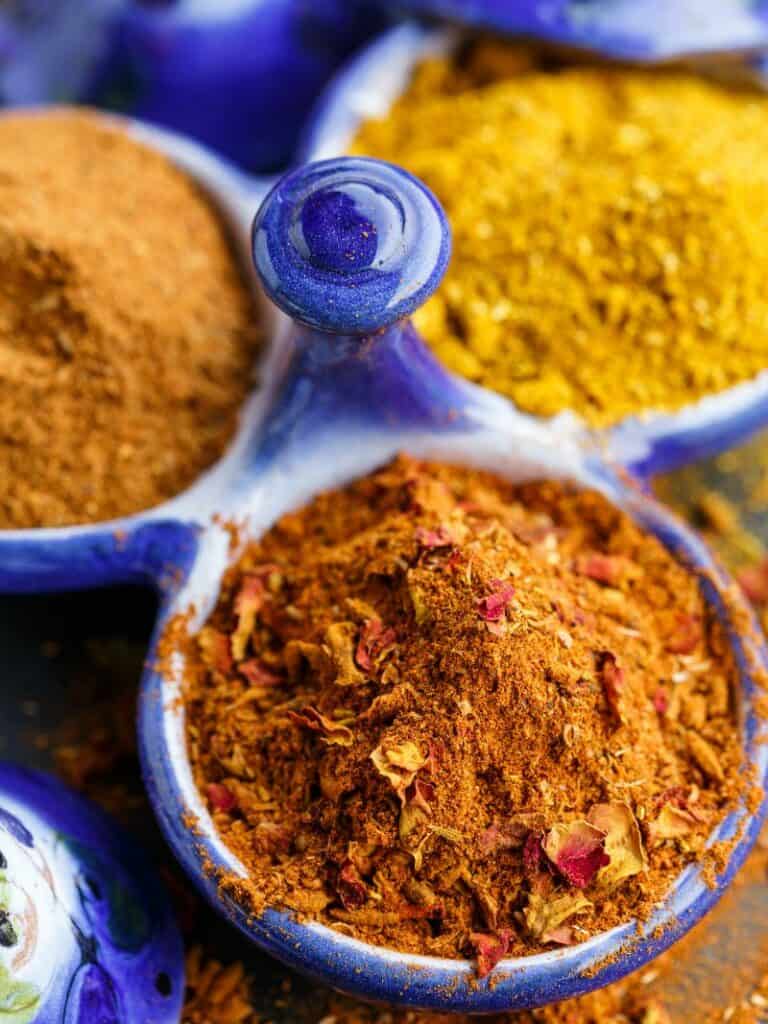
This complex
Pickled Vegetables
Cassia buds are often used in pickling and can add a warm, sweet, and slightly floral flavor to pickled vegetables like cucumbers, carrots, and beets.
Braised Meat Dishes
Cassia buds can be used in braised meat dishes, especially pork or beef. The buds can be added to the braising liquid for a subtle, warm, sweet flavor.
Storing And Using Cassia Buds
Cassia buds are a delicate
Here are some tips for storing and using cassia buds:
- Store in an airtight container: Like other spices, cassia buds should be stored in an airtight container in a cool, dry place to preserve their flavor and aroma. They can also be stored in the refrigerator or freezer for longer-term storage.
- Grind or crush before use: Cassia buds can be ground or crushed to release their flavor and aroma. They can be ground using a mortar and pestle, a
spice grinder, or a coffee grinder dedicated to grinding spices. - Use in
spice blends: Cassia buds are a common ingredient in spices like Chinese fivespice powder and Indian garam masala. They can also be used in ras el hanout, a North Africanspice blend in many Moroccan and Tunisian dishes. - Add to pickling liquid: Cassia buds can add a warm, sweet, and slightly floral flavor. They can be added to the pickling liquid and other spices and herbs.
- Use in braised meat dishes: Cassia buds can be added to braising liquid for meats like pork and beef to add a subtle, warm, and slightly sweet flavor. They can also be added to marinades and rubs for meat dishes.
Where to Buy Cassia Buds?
Cassia buds can be purchased at many specialty food stores and
They are often sold in small quantities, as they are a relatively uncommon
Choosing a reputable seller is essential to ensure the product is safe and high-quality.
Many online retailers offer a wide selection of spices, including cassia buds, and may provide detailed information about the product’s origin and flavor profile.
Cassia Buds Substitutes
If you don’t have cassia buds or want to try a different
Cinnamon
Cinnamon is a close substitute for cassia buds and can be used in most recipes that call for cassia buds. It has a slightly sweeter and more delicate flavor than cassia buds, so you may need to adjust the amount used to achieve the desired taste.
Cloves
Cloves have a warm, sweet flavor with hints of bitterness and can be used as a substitute for cassia buds in pickling and spiced drinks.
Allspice
Allspice is made from the dried berries of the Pimenta dioica plant and has a warm, slightly spicy flavor with notes of clove, cinnamon, and nutmeg. It can be used as a substitute for cassia buds in pickling,
Star Anise
Star anise has a licorice-like flavor and can substitute cassia buds in
Nutmeg
Nutmeg has a warm, nutty flavor and can substitute cassia buds in
When substituting one
However, feel free to experiment and try different substitutes to find the flavor that you like best.

